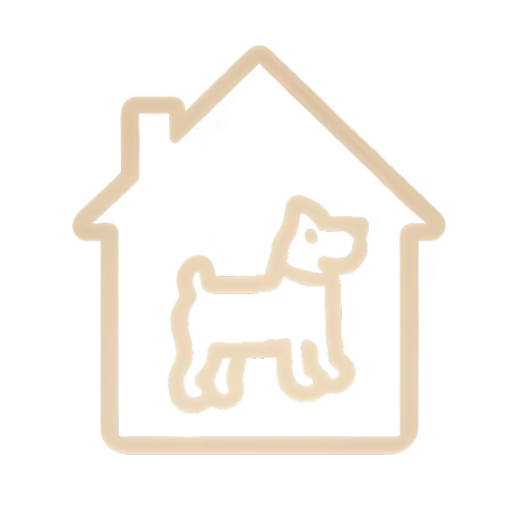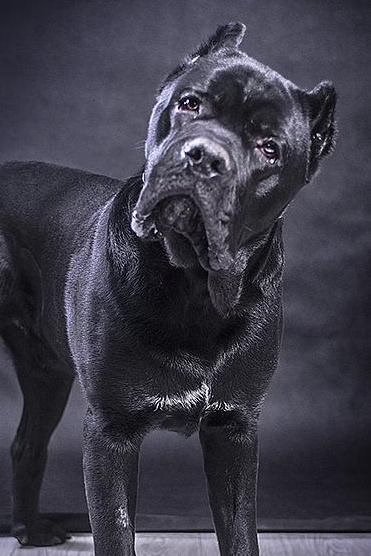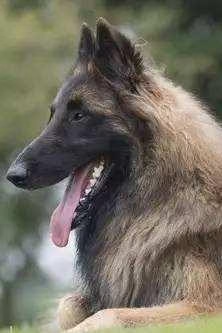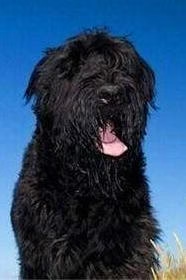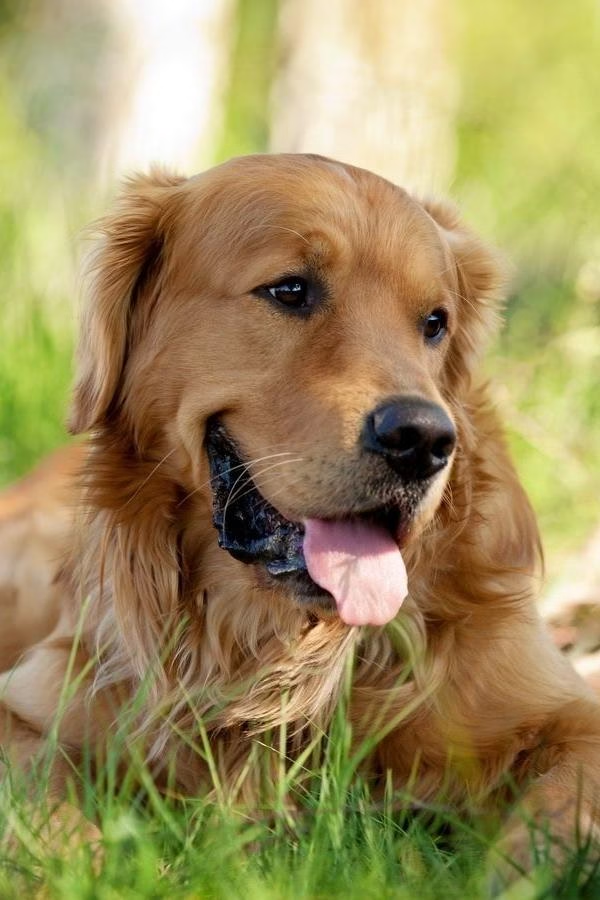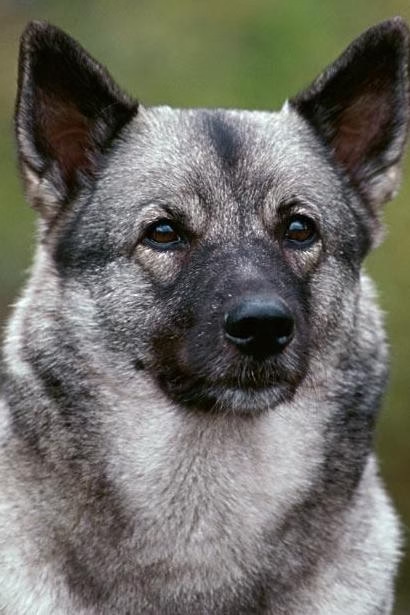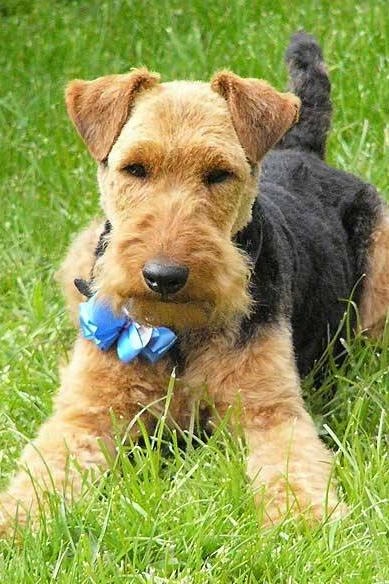Bordeaux Dog (French Mastiff, Bordeaux Bullmastiff)
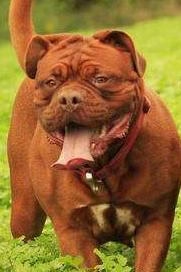
Bordeaux Dog
French Mastiff, Bordeaux Bullmastiff, Bordeaux Dog
Basic Information
- Category: Pet Dog
- Origin: France
- Body Type: Large
- Height: 58-69cm
- Hair Length: Short Hair
- Lifespan: 9-11 years
Ratings
| Trainability | ⭐️⭐️ |
| Affection Level | ⭐️⭐️ |
| Barking Level | ⭐️⭐️ |
| Shedding Level | ⭐️⭐️ |
Breed Introduction
The Bordeaux Dog, also known as the French Mastiff and Bordeaux Bullmastiff, originated from the Bordeaux region of France, which was once ruled by the British. The local hunting dogs were crossbred with the British Mastiff and similar dogs from Spain to create this strong and fierce mastiff. The Bullmastiff is closer to this ancient breed than the British Mastiff.
As a working dog, the Bordeaux Dog was initially used for hunting wild boar and bears in southern France, and later for herding cattle. Due to its bravery, the Bordeaux Dog was also used for baiting and dog fighting. It was not until 1989 when it appeared on American screens alongside Tom Hanks that the Bordeaux Dog became known outside of France. It has appealing characteristics such as immense strength, vigilance towards strangers, and a threatening demeanor.
The Bordeaux Dog has a large, wrinkled head that gives an impression of aggressiveness, with a broad, short muzzle and a clear separation between the forehead and the eyes, which are large and oval with a prominent ridge between them. Its small, erect ears slightly curl around the base of its ears, and it has a short, hairless tail.
Throughout its long development history, the Bordeaux Dog has played many roles, including military dogs in wars, herding dogs, and famous fighting dogs in arenas, battling furious bulls and fierce bears for glory. In the late Middle Ages, it also served as a herding and private guard dog. However, during the French Revolution, to protect their noble owners’ estates, most of these loyal dogs were tragically killed.
The few remaining dogs were later protected and bred by the French Mastiff Club, especially after the introduction of a breeding program in 1960, which led to a satisfactory recovery in their numbers. These fierce breeds are widely bred in France and other countries. They have been recognized by the American Kennel Club (AKC) and the Fédération Cynologique Internationale (FCI).
